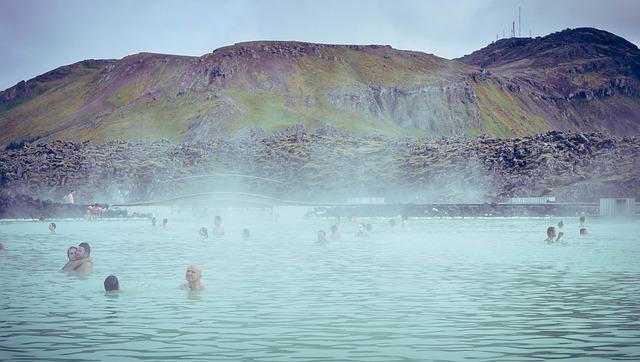Contrast water therapy, also known as contrast hydrotherapy, is a popular recovery method used by athletes and individuals looking to alleviate muscle soreness and improve circulation. This therapy involves alternating between hot and cold water treatments to achieve various health benefits. In this article, we will delve into the science behind contrast water therapy, its potential advantages, and how it can be incorporated into a regular recovery routine.
Contrast Water Therapy (CWT) has become a popular choice among athletes for recovery following exercise. This method involves alternating between immersion in cold and hot water baths, and it’s thought to enhance muscle recovery and reduce muscle soreness. There are several benefits to this therapeutic approach, including quicker recovery times, reduced muscle pain, and improved circulation. However, CWT isn’t without risks. Potential adverse reactions can include circulatory shock in those with heart disease and heightened sensations of pain.
To implement Contrast Water Therapy effectively, it is important to follow certain guidelines concerning temperature and duration. The cold-water bath should typically be between 10-15°C, and the hot water bath between 38-42°C. You should alternate between the baths, starting with a cold immersion for 1 minute then switch to a hot bath for 4 minutes. This is done for 4-6 cycles, totaling approximately 20-30 minutes overall. It’s best practice to always finish with a cold bath to further aid recovery and reduce inflammation.
- Always consult with a healthcare professional before starting a new therapy, especially if you have underlying health conditions.
- Test the water temperatures before entering the baths to avoid thermal injuries.
- Starting off at shorter durations and progressively increasing the time as your body gets used to the therapy can help reduce the risk of adverse reactions. You can learn more about this technique on the Wikipedia page about contrast bath therapy.
| Procedure | Temperature | Duration |
|---|---|---|
| Cold immersion | 10-15°C | 1 Minute |
| Hot immersion | 38-42°C | 4 Minutes |
Q&A
Q: What is contrast water therapy?
A: Contrast water therapy is a recovery technique that involves alternating between hot and cold water immersion to help reduce muscle soreness and inflammation.
Q: How does contrast water therapy work?
A: The contrast of hot and cold water causes blood vessels to dilate and constrict, which helps to flush out toxins and increase circulation, promoting healing and recovery.
Q: What are the benefits of contrast water therapy?
A: Some of the benefits of contrast water therapy include reduced muscle soreness, improved circulation, faster recovery time, and decreased inflammation.
Q: How should one perform contrast water therapy?
A: To perform contrast water therapy, start by immersing the body in hot water for 3-4 minutes, then switch to cold water for 1-2 minutes. Repeat this cycle several times, ending with cold water.
Q: Who can benefit from contrast water therapy?
A: Contrast water therapy can benefit athletes, individuals recovering from injuries, and anyone looking to improve their recovery process or reduce muscle soreness.
Q: Are there any risks associated with contrast water therapy?
A: While contrast water therapy is generally safe, individuals with certain medical conditions, such as heart problems or circulation issues, should consult with a healthcare provider before trying this technique.
Conclusion
In conclusion, contrast water therapy is a simple yet effective method for promoting physiological recovery and reducing muscle soreness after exercise. By alternating between hot and cold water, this technique can help to enhance circulation, reduce inflammation, and improve overall recovery times. However, it is important to remember to consult with a healthcare provider before beginning any new therapy regimen, especially if you have any pre-existing health conditions. With proper guidance and consistency, contrast water therapy can be a valuable addition to your post-workout routine. Thank you for reading and we hope this article has provided you with a better understanding of this beneficial therapy.





